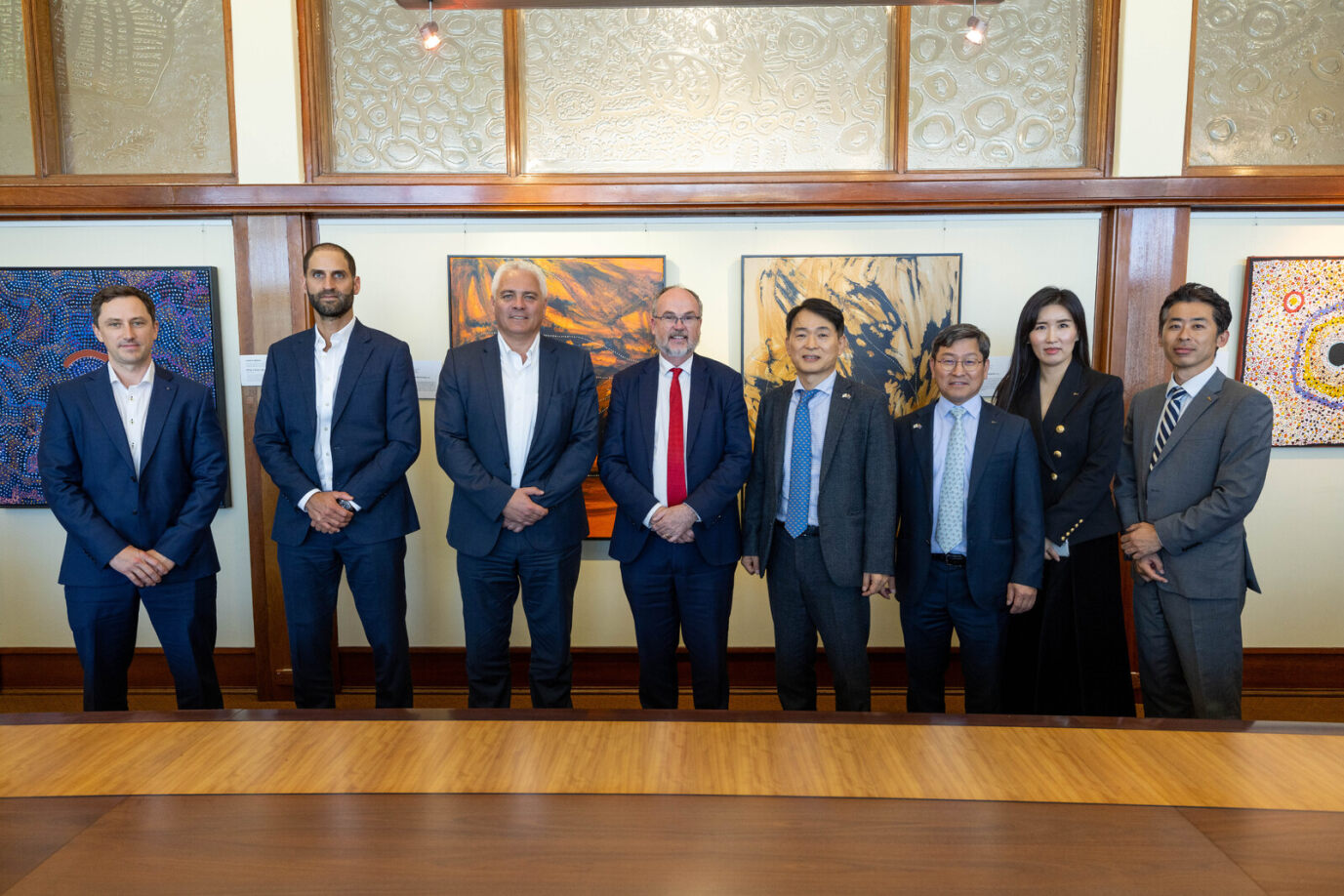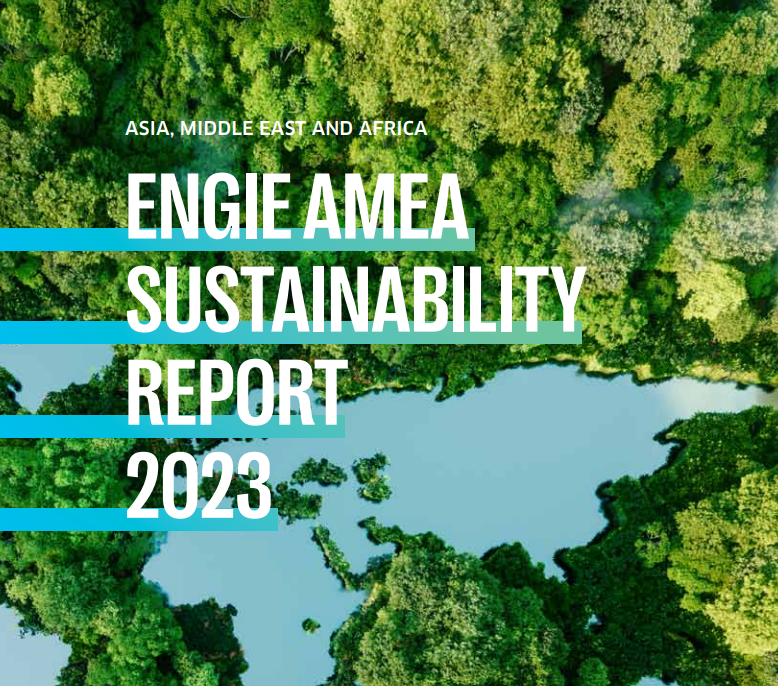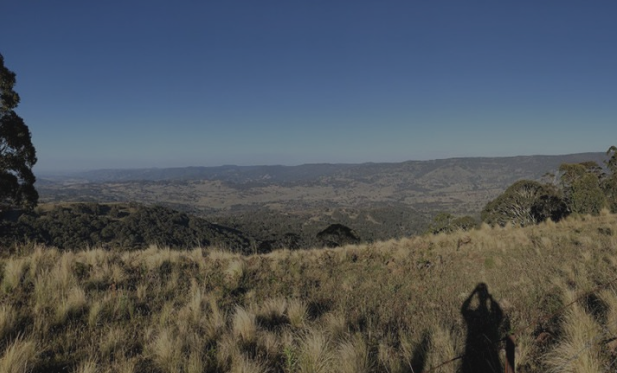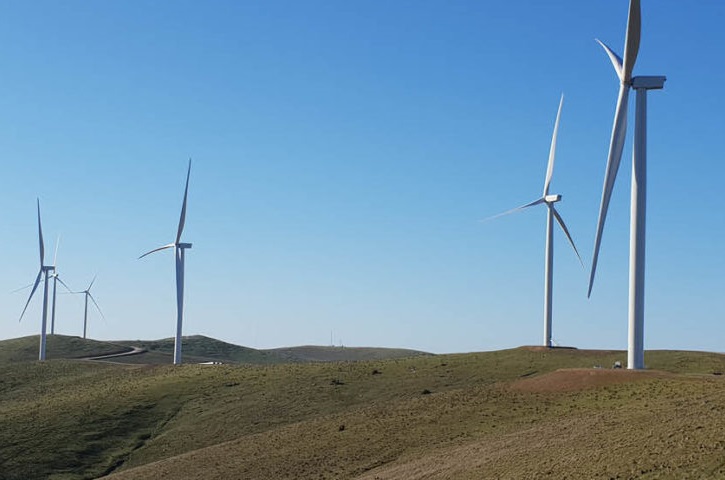Error message title

Error message title
Searching great energy plans for you
Media and News
Explore our articles and latest news.

ENGIE & Melbourne United Partnership
We’re super excited to become major sponsors of Melbourne United.

Sept 5, 2023
ENGIE and POSCO Holdings announce an important step towards a green steel industry in Australia
The project will supply green hydrogen to POSCO Group’s proposed Hot Briquetted Iron (HBI) plant

June 14, 2023
Historic Moment in Australia's Energy Transition as Hazelwood Battery Energy Storage System is Commissioned

Jul 19, 2023
ENGIE AMEA Sustainability Report 2023 Released
We are pleased to announce the publication of our third Sustainability Report...

June 14, 2023
Infrastructure planning to begin at Hills of Gold Wind Farm
ENGIE Australia & New Zealand today announced the appointment of a preferred partner...

Sep 16, 2022
ENGIE reaches important milestone in Australian renewable hydrogen project with Yara
ENGIE has taken Final Investment Decision in the development...

Aug 03, 2022
Charter Hall signs long-term renewable energy supply agreement with ENGIE
Charter Hall Group (Charter Hall or the Group) is pleased to announce...
Media Enquiries
Please contact us at 0488 701 339 or via email at [email protected]

